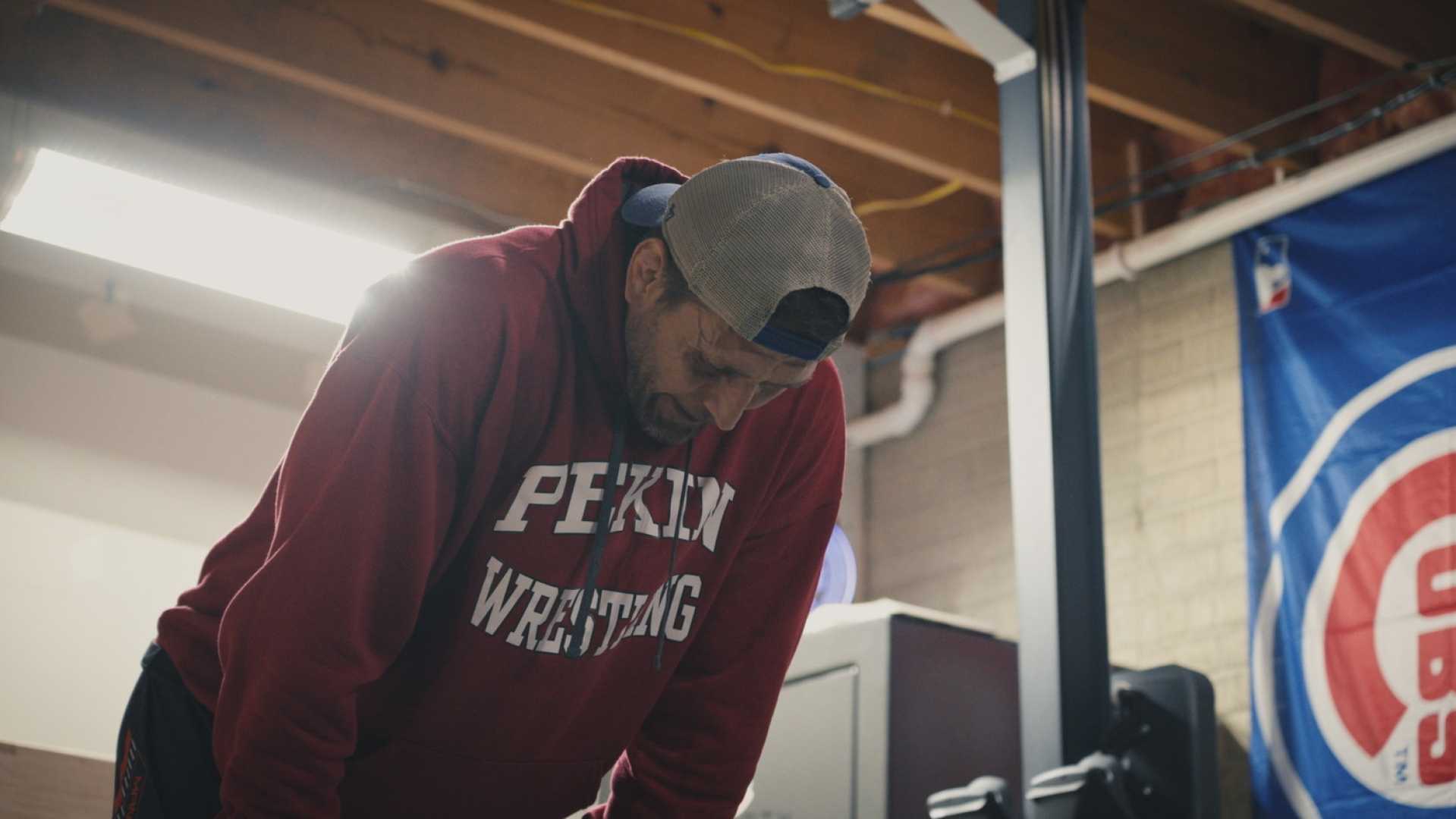News
New Documentary Uncovers Shocking Abuse Scandal at Ohio State University

Columbus, Ohio — A new documentary titled “Surviving Ohio State” highlights a horrifying scandal involving former Ohio State University physician Richard Strauss, who allegedly abused at least 177 male students during his tenure from 1978 to 1998.
Australian filmmaker Eva Orner directed the film, which premiered at the Tribeca Film Festival and is set to release on HBO. It aims to shed light on a story that has remained largely overlooked in the context of collegiate sports abuse.
According to a 2021 report by Ohio State, there were over 2,800 instances of alleged sexual misconduct tied to Strauss, including more than 170 allegations of rape. Many of the assaults occurred during routine medical checkups, and survivors say Strauss developed a reputation among male student-athletes, who referred to him as “Jellypaws.”
Mike DiSabato, a whistleblower in the case, is featured prominently in the film. He, along with former college wrestler Mark Coleman, recalls the climate of fear and secrecy surrounding Strauss’s actions. “We were powerless,” Coleman stated, reflecting on the lack of support received from university officials.
An independent investigation revealed that Ohio State was aware of complaints about Strauss’s behavior as early as 1979, but meaningful actions were not taken until 1996, when he was suspended from clinical duties while retaining his tenured status. Strauss eventually retired in 1998, having never faced disciplinary action for his actions.
Unlike the Michigan State University scandal involving Larry Nassar, which led to a $500 million settlement, Ohio State has only offered $60 million in compensation and has refused to accept legal liability for Strauss’s actions. This has left many survivors feeling abandoned.
Strikingly, after Strauss’s death by suicide in 2005, many survivors discovered they were denied any chance at justice. Former Buckeye wrestler Dan Ritchie stated, “What you’ll come to learn is that this isn’t just happening with the wrestlers…” revealing a broader pattern of abuse across the athletic program.
Orner emphasized the struggles faced by the male survivors, saying, “When the OSU survivors came out, they were challenged by the university legally. It’s been going on for seven years. That’s had devastating effects on them all.” These stories form the backbone of Orner’s documentary, which not only seeks to raise awareness but also provides a cathartic platform for the survivors.
“It was a really cathartic thing for them,” Orner said about the impact of the film screenings for survivors. “They felt really proud and banded together as brothers.”
As the film makes evident, the trauma persists not just for the survivors but also for the institution, hinting at the buried history within collegiate sports culture.












